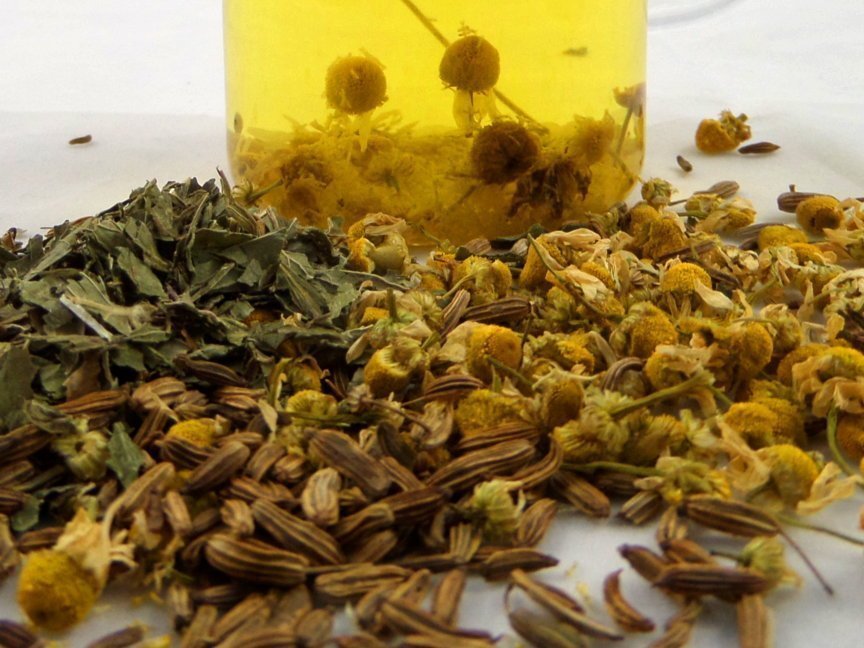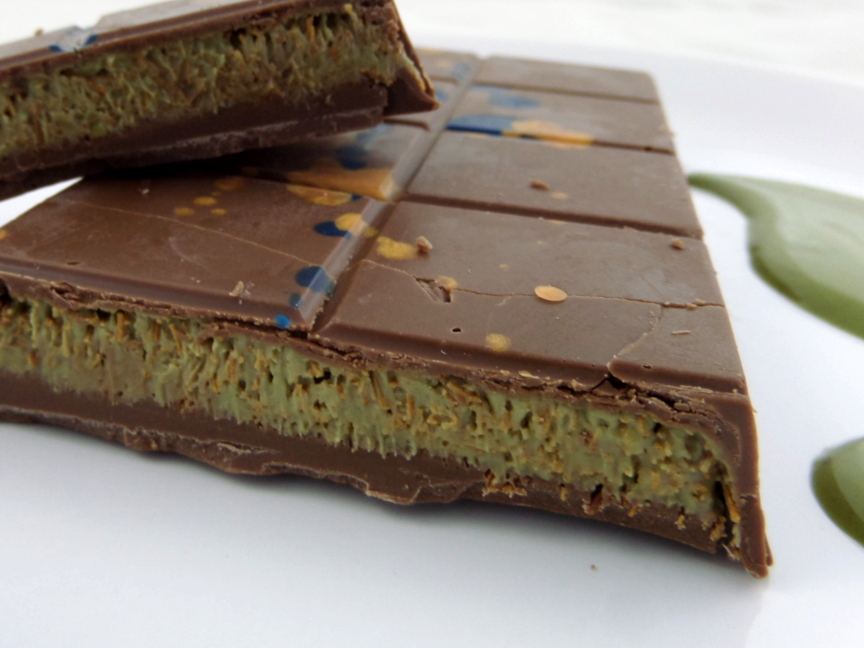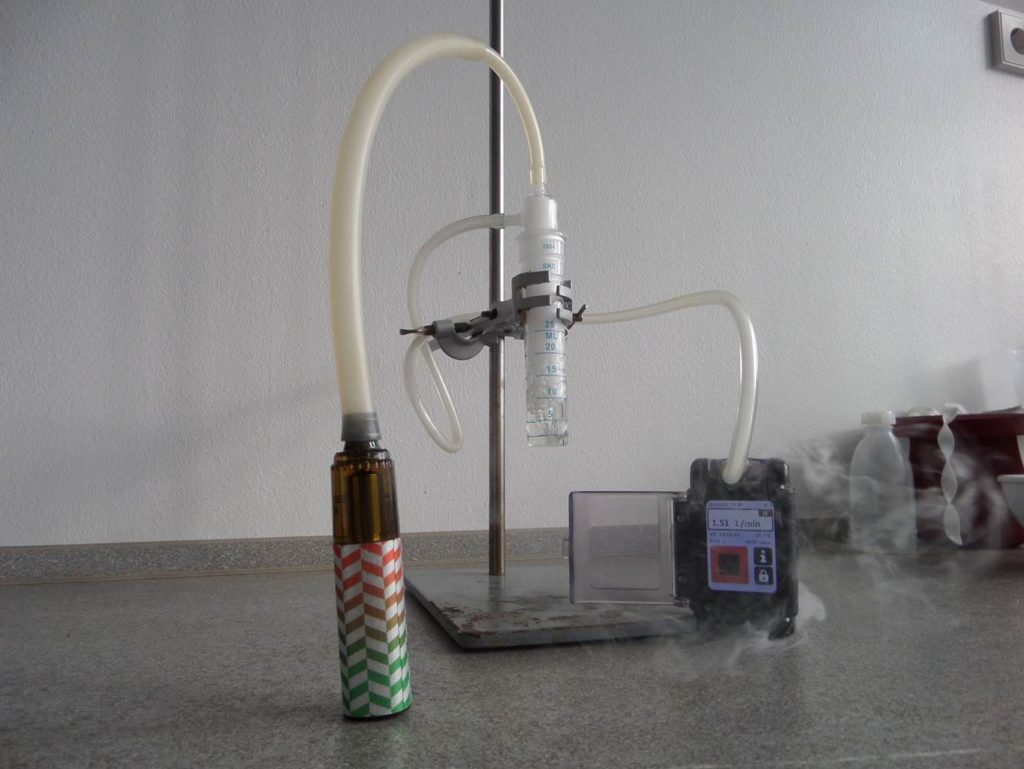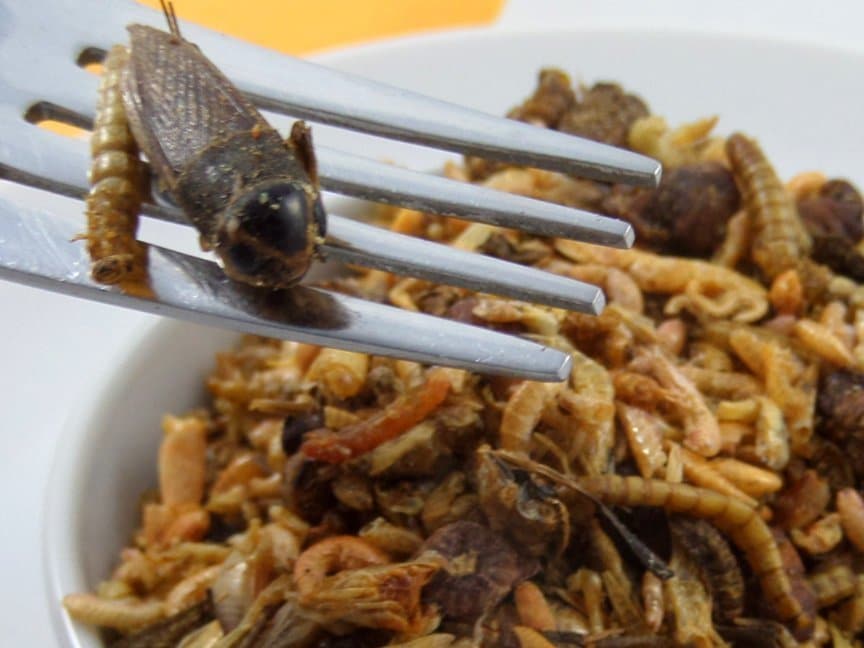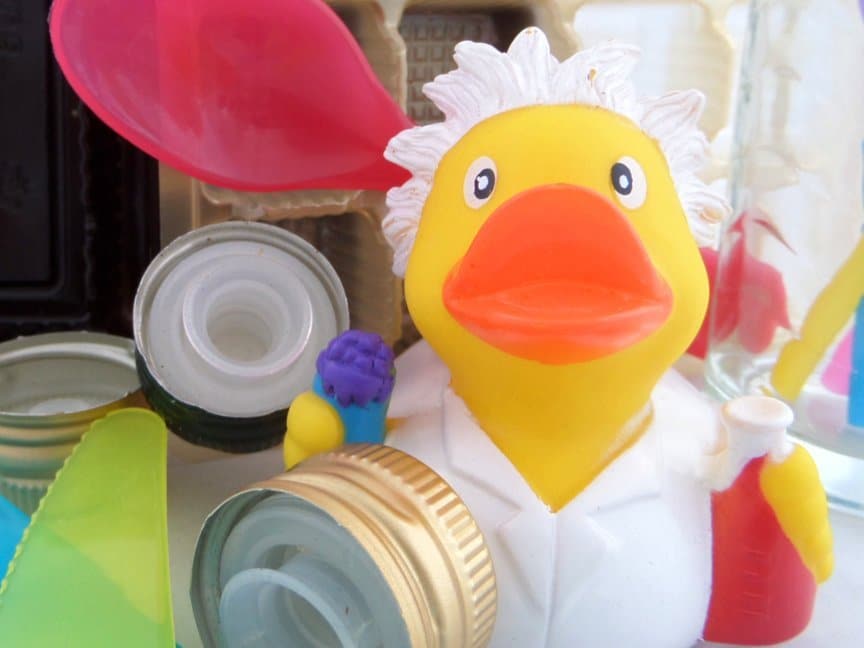
Quality control of herbal tea
The German Foundation “Warentest” repeatedly tested herbal teas and published the results (as of issue 04/2017). Unwanted substances such as anthraquinone, pyrrolizidine alkaloids (short PA) and pesticides continue to determine the scope of the test and their results.
These pollutants are a knock-out criterion because they are relevant to the health of the consumer
In order to be able to compare pollutant-free goods among themselves, further quality features are used, for example
- the purity of the goods,
- the origin of the goods,
- the freshness of the goods,
- the presence of selected ingredients such as the essential oils,
- the life cycle assessment of the import route,
- fair trade
The analyzed pollutants:
Pyrrolizine alkaloids (PA)
PA’s are natural plant nutrients that protect the plants against predators. They occur in more than 6000 different plants. They are mainly found in plants of the sunflower-family and the borage-family. These secondary plant substances are suspected of being carcinogenic. They get into the teas and herbal teas by inadvertently gathered weeds. Of course, carcinogenic substances are not supposed to appear in a product, which is often used to promote and maintain health because of its ingredients.
On the topic PAs the German Teeverband eV provides information at http://www.engagement-fuer-tee.de/home/. Although this is a publication of a branch-oriented organization, it is nevertheless considered to be balanced from a scientific point of view and is characterized by the fact that frequently asked questions are adequately answered in simple language.
According to recent publications by the BfR und der EFSA erbal teas, rooibos tea and honey are the main sources through which the humans consume PAs. In over 90% of the tested samples PAs were detected. Of particular importance here are food supplements based on herbs. Frequently the PAs are enriched in their production so that food supplements have the highest contents.
Pesticides and anthraquinone
Increased levels of plant protection products in tea are also unacceptable.
The anthraquinone occupies a special position among the pesticides. It is not yet clear how the substance gets into the product.On the one hand, it has been used as a plant protection product, and on the other hand it is ubiquitous as an environmental contaminant. This leads to a conflict at Bioware at the latest. Even if the bioproducer adheres to all rules and acts with great circumspection, it is possible that anthraquinone is found in its products because the plants have absorbed this substance from the environment.
The test of herbal teas by the German Foundation “Warentest” again makes it very clear that the quality control of the raw materials is essential for this product group. If the quality of the raw materials is flawless, this should also apply to the quality of the final product. Nevertheless, the focus on the contaminants always gives only half the truth about the quality of the product.
Tea and its legal appearances
Herbal teas are beeing marketed in three ways:
a) as food
b) as infant food
c) as a medicinal product.
The requirements for the medicinal herbal tea are higher and more precisely specified than those of food. The provisions of the European Pharmacopoeia describe how the valuable ingredients are to be analyzed. They also describe the microscopic appearance of the raw materials and the impurities. For herbal tea as a baby food, for example the popular fennal tea, much more stringent legal requirements apply to pesticide residues and other contaminants.
How to distinguish between good herbal tea and bad one?
Vegetable impurities caused by wild herbs can be detected and quantified microscopically. This is a very time-consuming process which requires years of training and expertise. This expertise is partly only present in the tea processing companies – In test laboratories and institutes, it is rare to find experts who have this expertise.
PAs always provide an indication of impurities with PA-containing wild herbs. They give no indication as to which herb it really is, or to the amount of contamination. Microscopy is therefore still essential.
The sensor technology of tea infusions provides information about the quality and, if necessary, the type and origin of the raw material used.
The list of ingredients should only include herbs, no sugar and no so-called natural flavouring substances.
The best before date also provides information about the freshness of the goods. Herbal teas or peppermint tea have a best before date of approx. 2 years. If the best before date is within the next months, it can be assumed that this is a product from an old harvest.
Where do the raw materials for herbal teas come from?
Peppermint can thrive in different climatic regions. Europe, North Africa, Western Asia and China provide the bulk of the peppermint on the world market.
Home of the real chamomile is the near east, Southern and Eastern Europe. Today it is domesticated throughout Europe, also in North America and in Australia.
Fennel, on the other hand, is an ancient, originally Mediterranean cultivated plant.
The necessity to use pesticides to avoid crop losses is very different due to climatic conditions. Also handling of plant protection products by trained personell is not guaranteed in many countries. Different herbs from different cultivation areas inevitably lead to a higher risk of pesticide contamination in herbal teas. A complete control of raw goods is therefore indispensable.
ingredients
chamomile
The main chemical components of these oils are bisabolol and bisabolol oxides, transβ-ferns from the class of sesquiterpene and others. Chamazulen, which is responsible for the deep blue color of chamomile oil, is produced only by the extraction of the oil by water vapor distillation from the matricin, a sesquiterpene lactone. The camomile flowers contain 0.3 to 1.5% essential oil; that means approximately 100 kg camomile flowers are required for one liter of camomile oil. The oil of the Roman chamomile is yellowish / green and therefore can be distinguished from the oil of the real chamomile.
mint
50-80% of the essential oil of mint consists of menthol. Other ingredients are menthone, flavonoids, tannins and bitter substances (rosmarinic acid, coffee acid, clorogenic acid).
The different mint varieties also differ in the ingredients. There is therefore no menthol and no menthone in the bergamottemine. Essential differences in aroma are found between the different varieties; The Moroccan Nana mint, for example, is somewhat fresher and finer in the smell and taste.
fennel
The main essential oil in the fennel are anthenol and fenchon.The anthenol is responsible for the anise-like taste and smell while the fenchone has a bitter note.
What other analyzes besides pollutant controls are important?
In addition to analysis on pesticide residues, PAs and other chemical contaminants, a microscopic and macroscopic determination of the species is necessary whenever a higher-quality product has to be distinguished from the bulk material. A determination of the origin using “isotope analysis” can also be a means for the purchaser and dealer to recognize incorrectly declared goods. The determination of the content of essential oils is not only a standard for herbal teas, which are marketed as medicinal products; Even for conventional goods the content is directly related to the price and must therefore be determined analytically.
We recommend the following analyzes for comprehensive quality control:
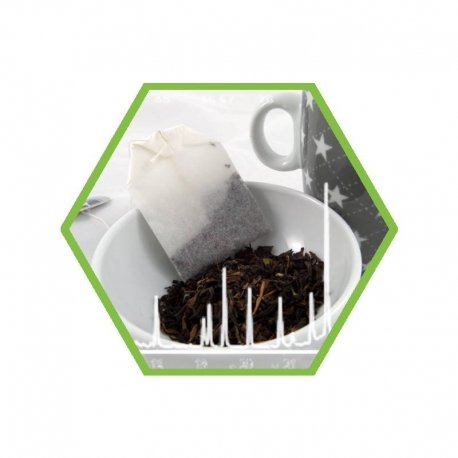 | Pestizides in tea, tea like products and herbs (screening of ca. 650 compounds)FPLX2 |
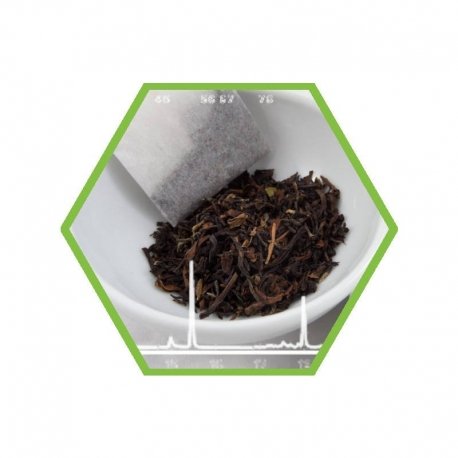 | Anthraquinone in teaFPA01 |
 | Pyrolizidin alcaloides in tea (Camelia sinensis spp.)FCPA1 |
 | heavy metals (package) Arsenic, Mercury, Lead, Cadmium in food or feedFAC01 |
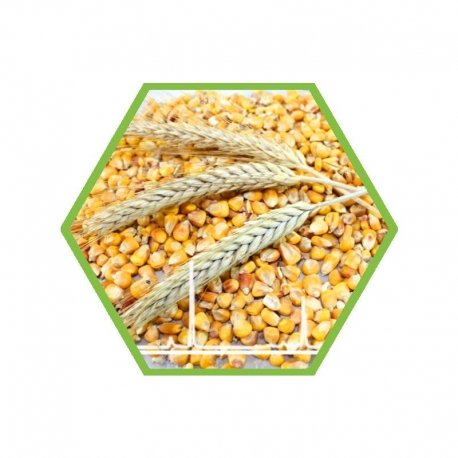 | Glyphosat and AMPA in food and feedFPG01 |
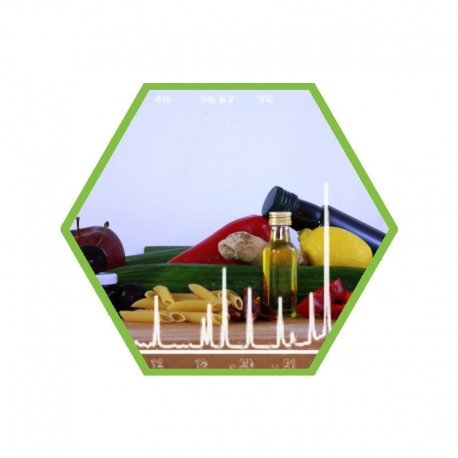 | polycyclic aromatic hydrocarbons 4 (PAH) in foodFPAH4 |
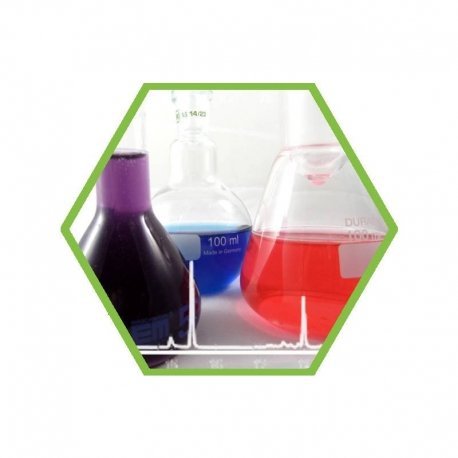 | Catechins in teaFOC01 |
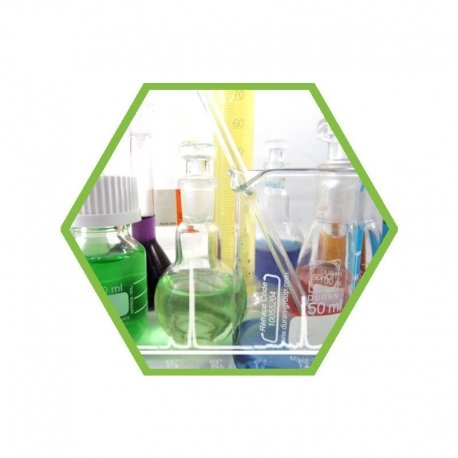 | total polyphenols (Folin)FGS32 |
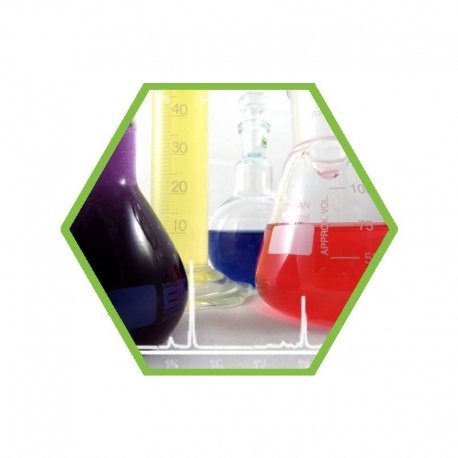 | microbiology: yeast and mold in foodFMI01 |
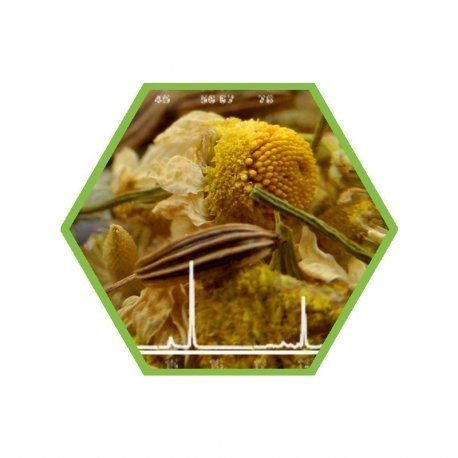 | Pyrolizidin alcaloides in herbal infusions and dried herbsFCPA2 |
For any questions regarding the analysis of herbal tea, please contact us:
E-Mail: mail@my-lab.com
Tel.: +49 30 233215800
Pictures taken from:
- Source: my-lab International | modified by my-lab International
